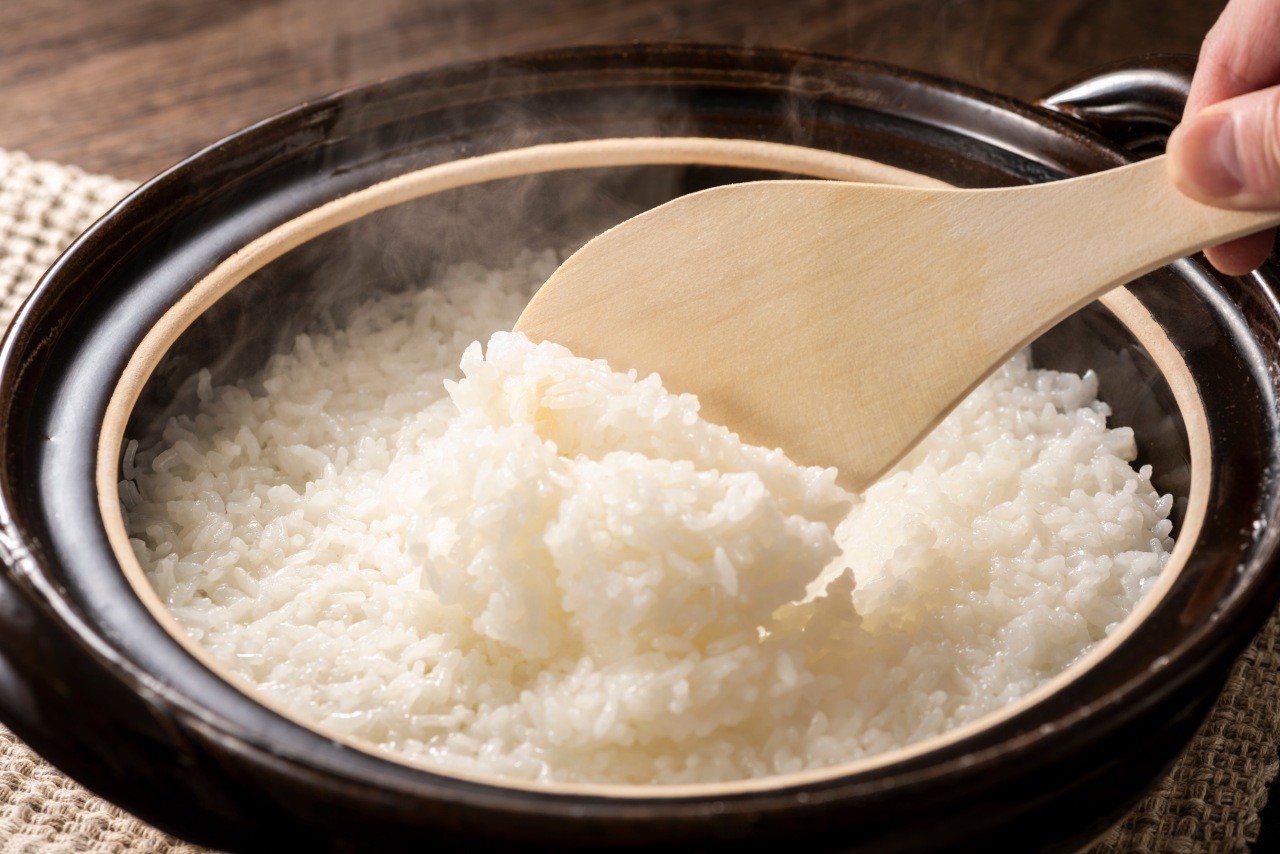
Rice is an essential part of the Japanese diet. News in 2025 about the "Reiwa Rice Riot," where rice disappeared from supermarket shelves, and a recent buzz around "Kokokumai"(rice harvested in previous years), or reserve rice harvested years ago, reminded us just how vital rice is to the Japanese people. So, why is rice so deeply rooted in the lives of the Japanese? The answer goes as far back as ancient Japanese mythology. This article unravels the story of how rice became a fundamental part of Japan's history, culture, and cuisine.
*Purchases or reservations of products mentioned in this article may result in a portion of the sales being returned to FUN! JAPAN.
*Drinking under the legal age is prohibited.
The Deep Relationship Between Japanese People and the History of Rice
There are many myths about rice in Japan, and rice has a deep connection with shrines. Many Japanese festivals are even related to rice.
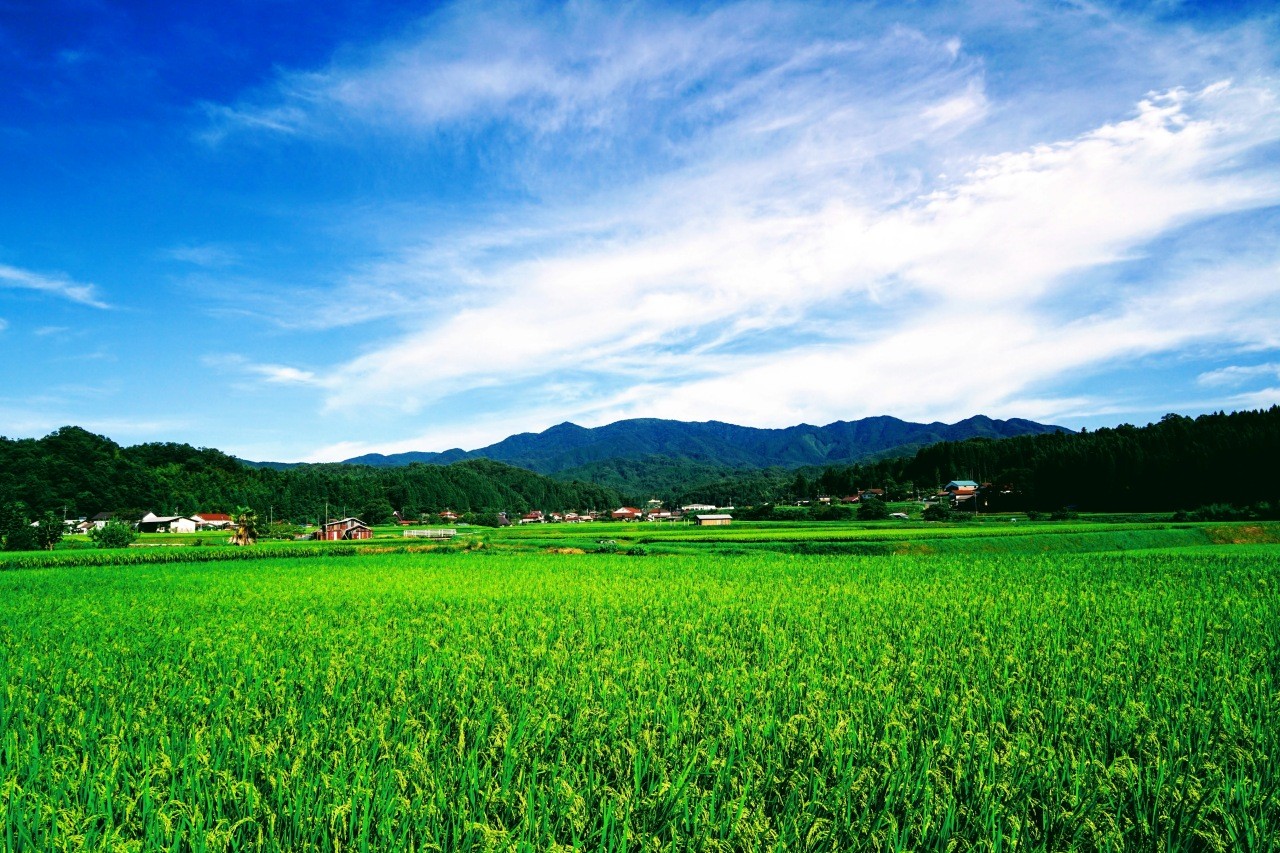
The Origin of Rice in Japanese Mythology
According to the Kojiki (Records of Ancient Matters), Amaterasu Omikami, the sun goddess who ruled Takamagahara (the High Celestial Plain), was the first to cultivate rice in the heavens. Her grandson, Ninigi no Mikoto, brought rice with him when he descended to Earth, which is said to have marked the beginning of agriculture. Ninigi no Mikoto is also known as the god of a bountiful harvest. These myths show that rice is a sacred entity and a special gift bestowed by the gods.
There's also a saying in Japan that "a single grain of rice contains seven gods." From a young age, Japanese people are taught by their elders not to leave a single grain of rice on their plates. The phrase "itadakimasu," said before meals, expresses gratitude not only to the gods of rice but to all living things.
The Connection Between Shrines and Rice
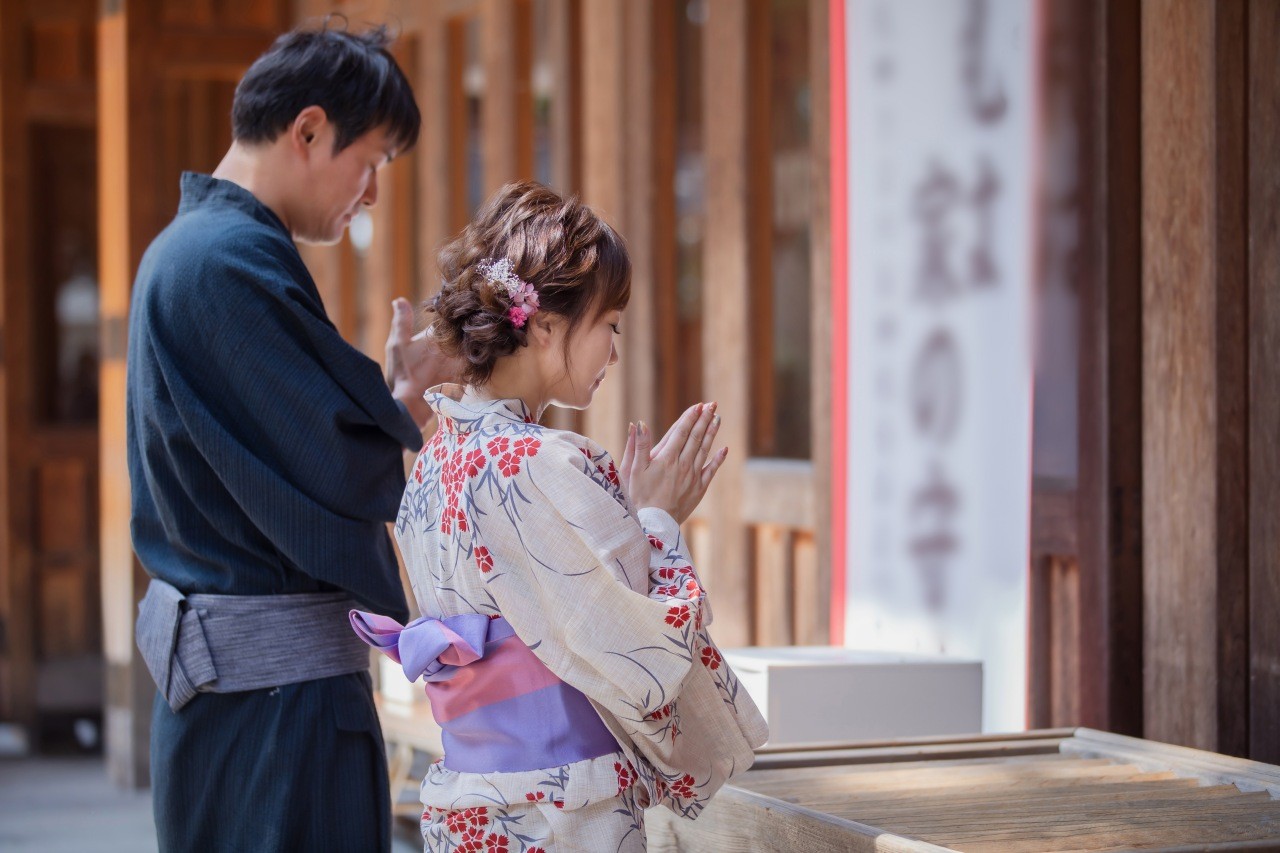
For the Japanese, who were historically an agricultural people, farming and shrines have a deep connection. When visiting a shrine for a regular prayer, people typically put money into the offering box. However, in the past, offerings were not money but rather white rice wrapped in white paper, known as an "ohineri" (*1), which was offered to the gods to thank them for a good harvest. When requesting a formal prayer or purification at a shrine office, you pay a "hatsuhoryo." The term "hatsuho" literally means "first ear of rice," which is an offering of the first rice stalks harvested that year. Today, it is common to offer money to the gods instead, and hatsuhoryo is paid for occasions like Shichi-Go-San(Japanese festival that celebrates the milestones of children at the ages of three, five, and seven), Omiyamairi (a baby's first shrine visit), or for warding off bad luck.
(*1) Ohineri are folded bundles of paper containing money, similar to a tip given to express gratitude.
Rice is also incorporated into other Shinto rituals. The "omiki," or sacred sake offered to the gods, is made from rice. It is offered to give thanks for a good harvest and to pray for a bountiful one in the following year.
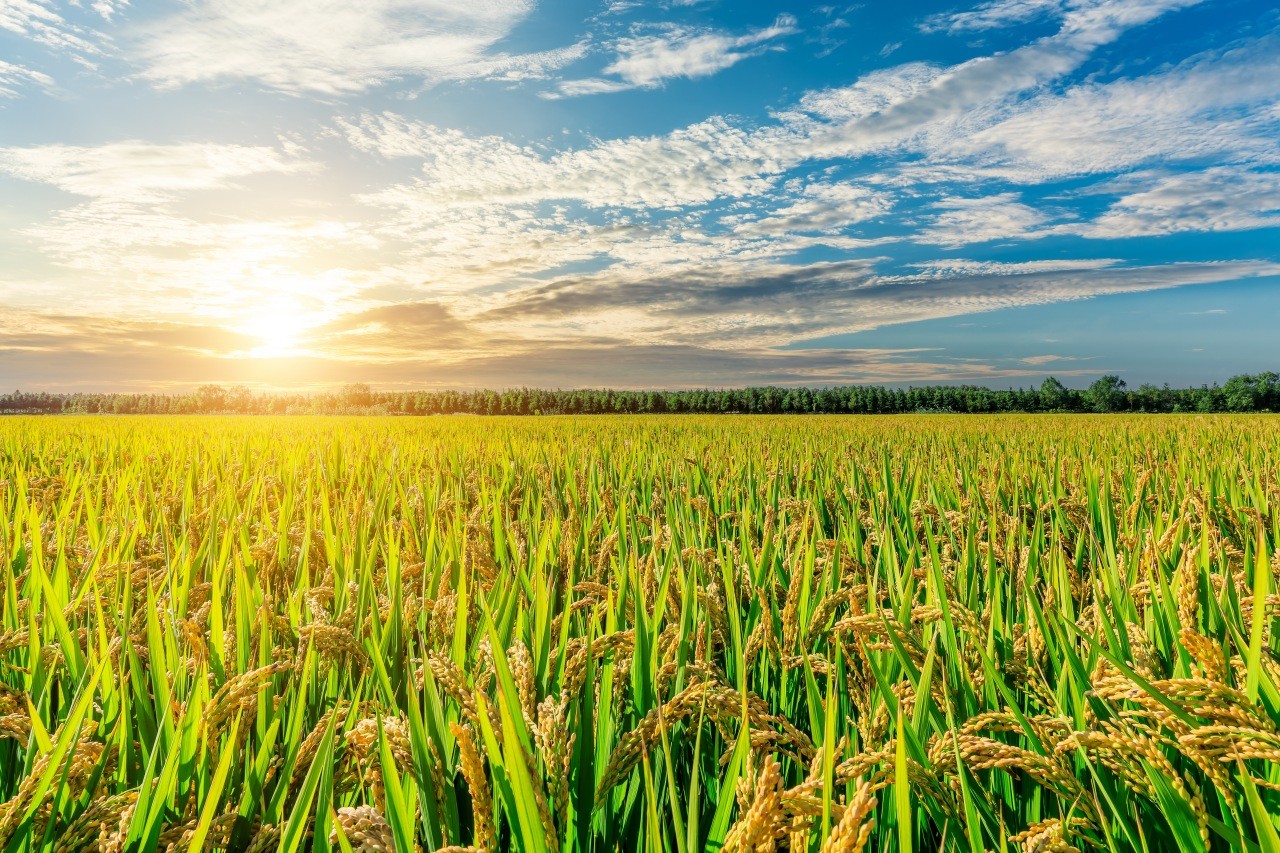
Most Japanese festivals also originated as rituals to pray for a good rice harvest. The "Kinensai" (prayer for harvest) and the "Niinamesai" (thanksgiving for harvest) are famous examples. Kinensai is held around February, at the start of the spring planting season, to pray for a good harvest throughout the year. Niinamesai is held in November after the autumn harvest, where the newly harvested grains are offered to the gods to express gratitude for the bountiful harvest.
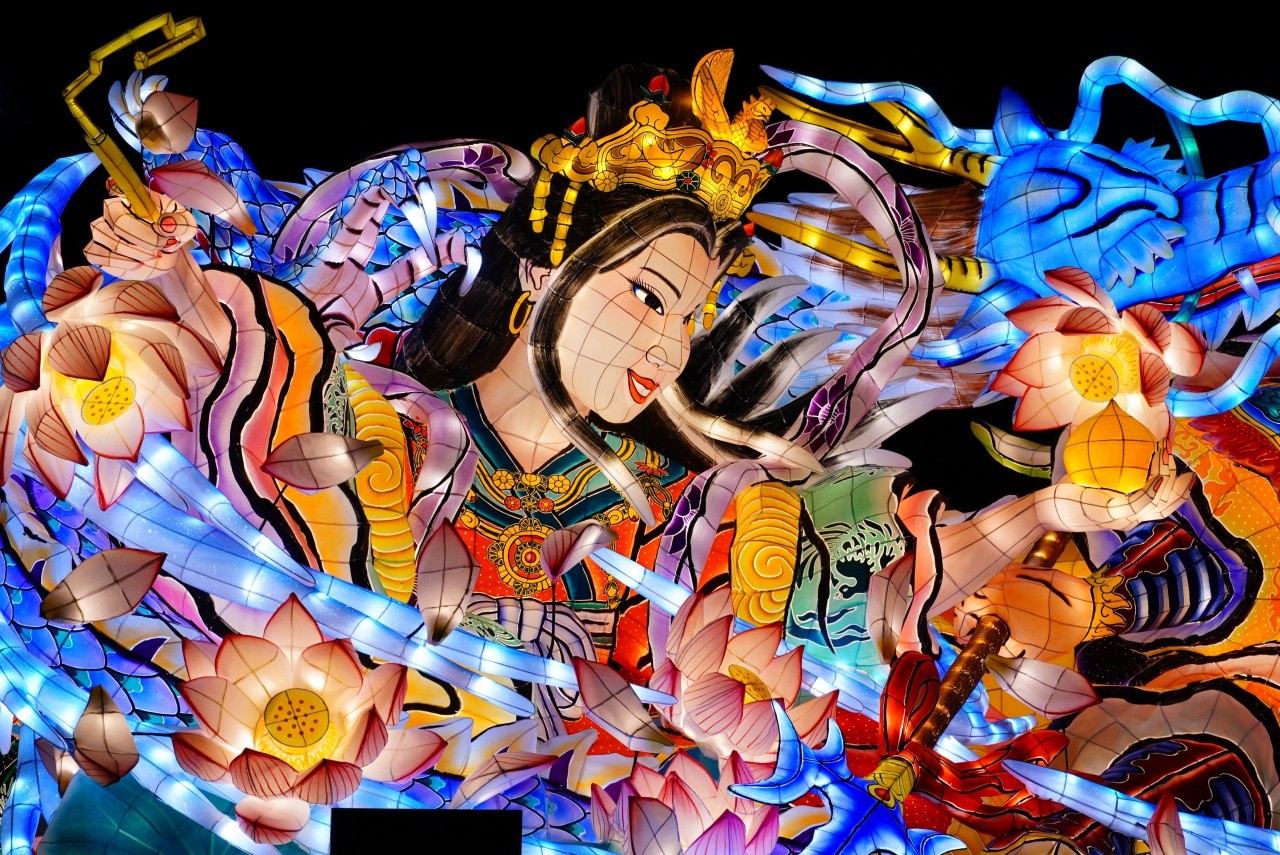
Even famous festivals throughout Japan are based on farming rituals related to rice cultivation. The Aomori Nebuta Festival is said to have originated from a combination of the Tanabata and Mushiokuri (*2) rituals. In Akita's Kanto Festival, the lanterns on the long bamboo poles are arranged to resemble ears of rice. There is also a theory that the Kishiwada Danjiri Festival in Osaka began as an Inari festival held during the Edo period to pray for a good harvest.
(*2) Mushiokuri is a ritual performed in early summer to pray for protection against pests that harm crops.
The Inari Shrine and Rice Cultivation Culture
Inari shrines, affectionately known as "O-Inari-san," number about 30,000 throughout Japan and are worshipped as gods of abundant harvests and business prosperity. The name "Inari" is said to have originated from a story where an archer shot an arrow at a rice cake, and the rice cake turned into a white bird, flew away, and landed on a mountaintop. Rice grew where the bird landed, and the shrine built there was named "Inari." The word "Inari" means "rice has grown." The head shrine of all Inari shrines is Fushimi Inari Taisha, located in the Fushimi Ward of Kyoto City.
Fushimi Inari Taisha
- Address: 68 Fukakusa Yabunouchicho, Fushimi Ward, Kyoto
- Access: [Train] Immediately from JR Inari Station/ 5-minute walk from Keihan Fushimi-Inari Station
- Details: Open all year round
- URL:https://inari.jp/about/
How Rice Supported Japanese History
Rice has not only shaped the Japanese diet but also the very structure of its society.
Rice Cultivation and the Birth of Japanese Communal Culture
Rice cultivation is a group effort that requires many people to work together to flood fields, transplant seedlings, and harvest the crops. This created a culture of close-knit communities, or "murashakai" (village society), where locals united under the guidance of village leaders to cooperate with one another. People shared the hardships of farm work, prayed for a good harvest, and celebrated at festivals, which in turn strengthened the bonds of their communities.
The Value of Rice During the Edo Period
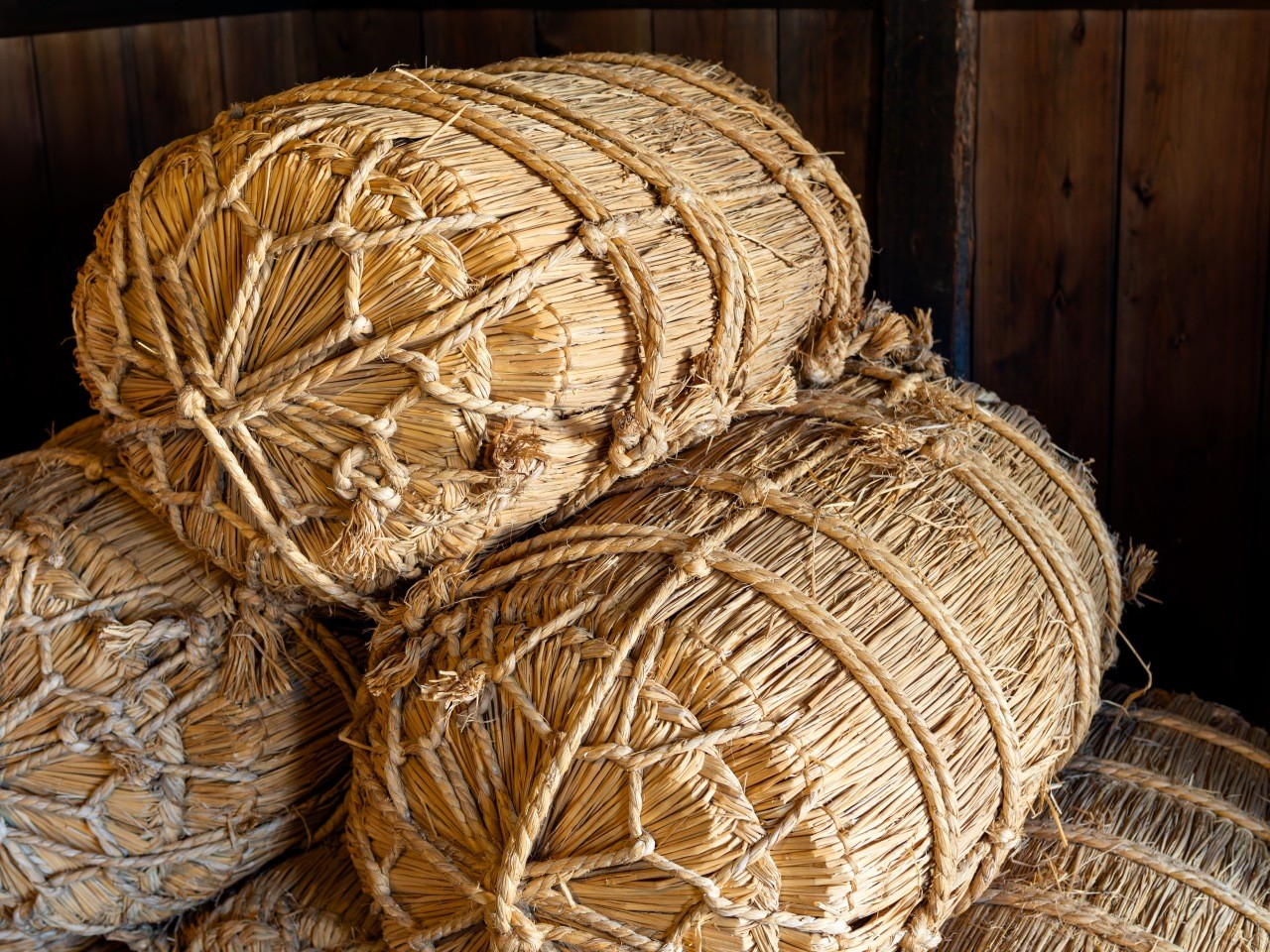
During the Edo period, which lasted for about 250 years, rice was the foundation of both daily life and the economy. Farmers were required to pay most of their harvested rice as a land tax, or "nengu," making it a crucial form of currency. A samurai's salary was measured in "kokudaka," meaning the amount of rice their domain could produce, and rice production served as a measure of wealth. In this era, rice symbolized prosperity, economic power, and social status, and it was essential to the entire social structure.
Japanese Events and Their Connection to Rice
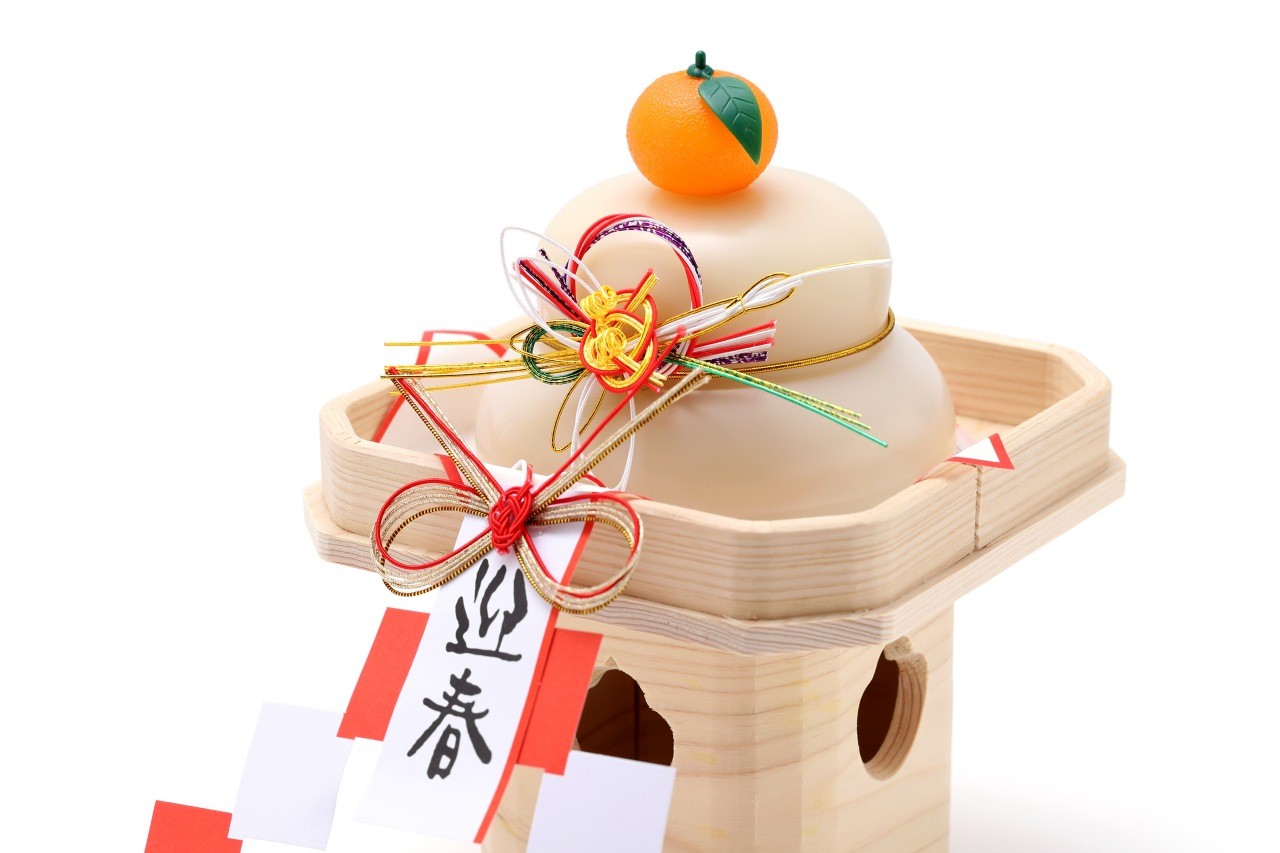
Rice has long been considered a home for the gods, so rice dishes are offered and eaten throughout the year as a symbol of good luck.
| Occasion | Food | Significance |
| New Year's | Kagami Mochi | Rice cakes offered to the New Year deity (Toshigami) |
| Kagami Biraki (January 11) | Ozoni (Mochi Soup) | Eaten to receive the New Year deity’s blessings |
| January 7 | Nanakusa gayu (Seven Herb Rice Porridge) | Rice porridge eaten to pray for health. Contains seven herbs. |
| January 15 | Azuki gayu | Red bean porridge eaten during Koshōgatsu to ward off evil and pray for health |
| Hinamatsuri (March 3) | Hina-arare / Hishimochi | Rice crackers and diamond-shaped rice cakes offered to the dolls |
| Tango no Sekku (May 5) | Kashiwa mochi and chimaki | Said to bring about prosperity for one's descendants. |
| Vernal Equinox Day (around March 21) | Botamochi | It is customary to eat botamochi during the vernal equinox |
| Autumnal Equinox Day (September 23) | Ohagi | It is customary to eat ohagi (*3) during the autumnal equinox |
| Otsukimi (around September 15) | Tsukimi Dango (Moon Viewing Dango) | Dumplings made from rice are offered and eaten to thank the gods for a good harvest |
| Celebrations (weddings, birthdays, Shichi-Go-San, etc.) | Sekihan (Red Bean Rice) | Red is believed to ward off evil, so red rice is served on happy occasions |
(*3) Botamochi and ohagi are the same food but are called different names depending on the season.
Japanese Food Culture Born from Rice
Freshly cooked white rice is delicious on its own, but it can also be transformed into a variety of dishes.
Sushi ・ Onigiri ・ Takikomi Gohan ・ Donburi
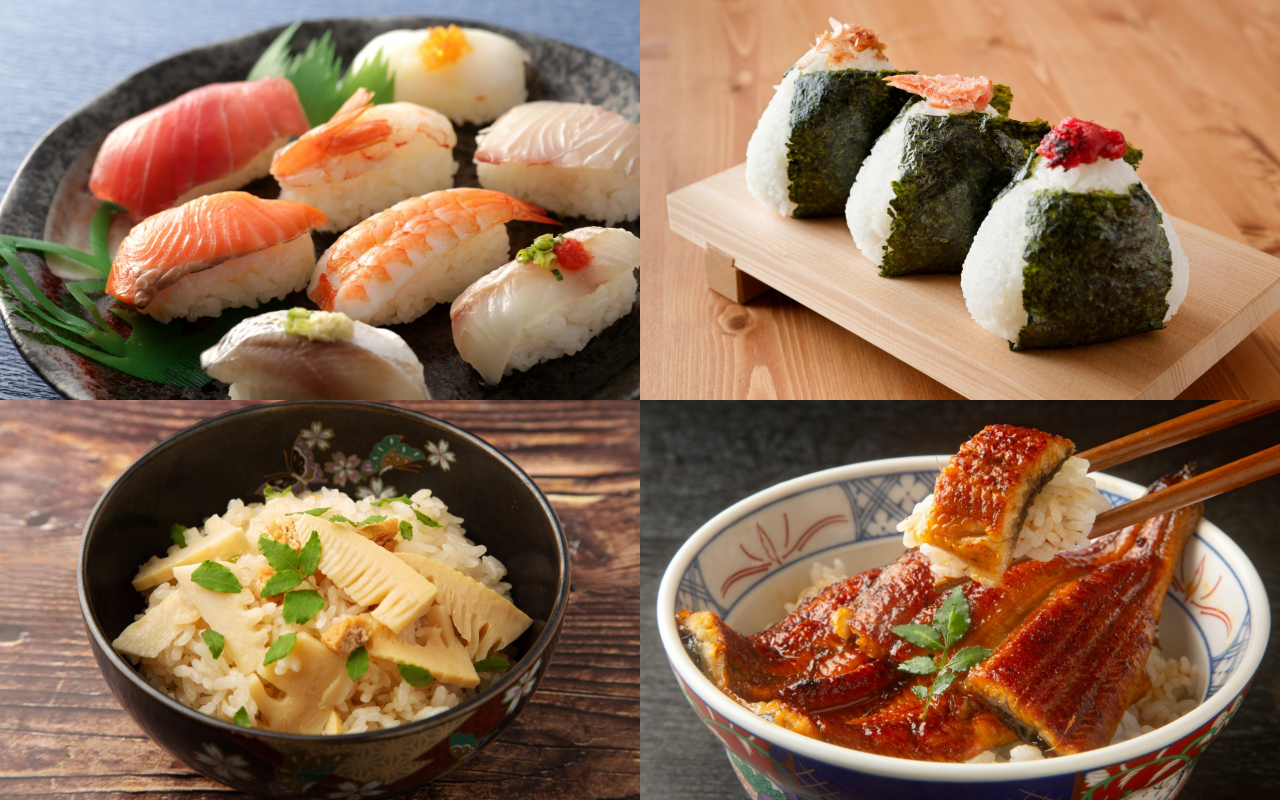
Sushi
It is an artistic dish combining vinegared rice and fresh seafood. It's a representative Japanese cuisine loved worldwide.
🍴 【Tabelog】Sushi TOKYO 100 Best Restaurants 2025
Onigiri (Rice balls)
Onigiri are Japanese rice balls and a kind of soul food for Japanese people. They are convenient to eat and are typically filled with pickled plums or salmon, but the best thing about them is that you can add any ingredients you like. You can buy them at convenience stores, and specialty onigiri shops are also popular.
Takikomi Gohan (Japanese mixed rice)
Cooked with seasonal vegetables and seafood, allowing you to enjoy the delicate flavors of the season. Examples include bamboo shoot rice in spring and matsutake mushroom, sweet potato, or chestnut rice in autumn.
Donburi (Rice bowl)
There are many types of bowls, such as Unadon (eel), Tendon (tempura), Katsudon (pork cutlet), and Gyudon (beef). They are loved by people of all ages.
Mochi, Senbei, Japanese Sake, and Rice Flour Bread
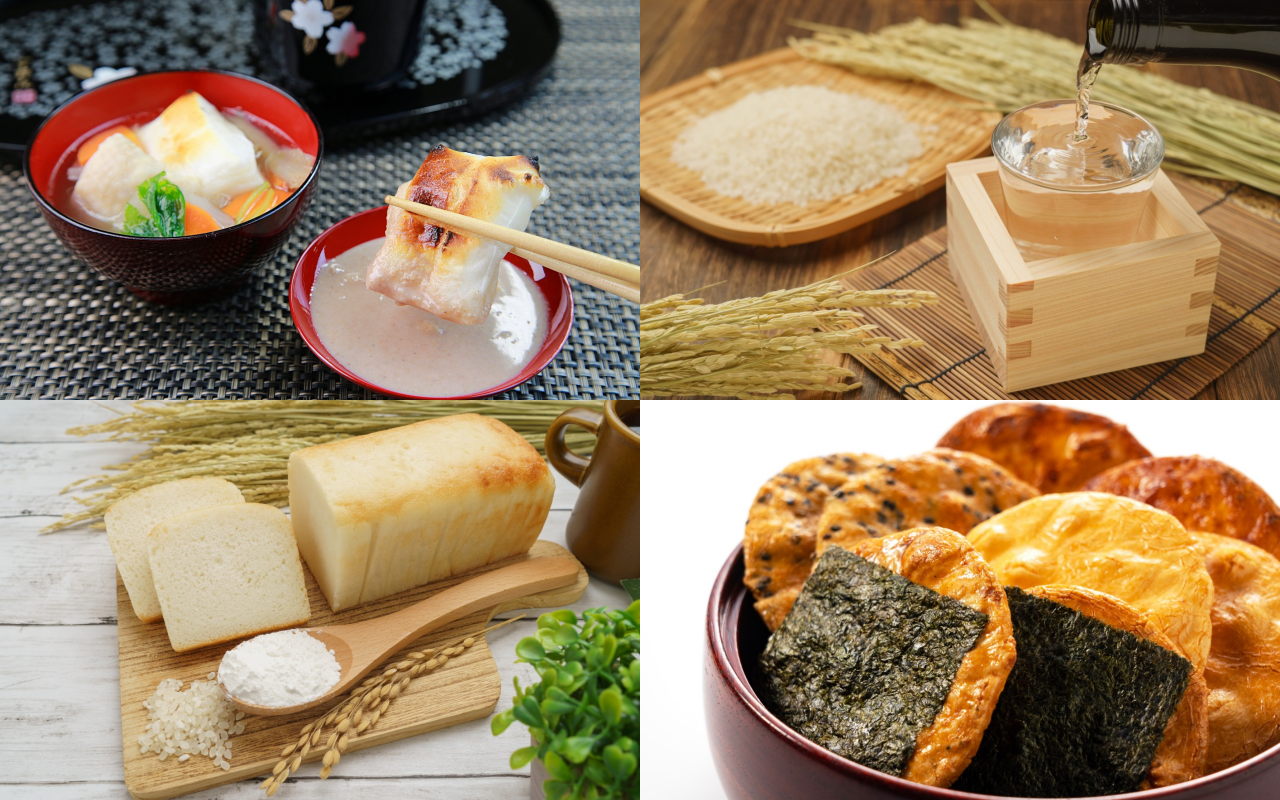
Rice can also be made into a variety of processed goods.
Mochi (Rice Cakes)
It is made from steamed and pounded glutinous rice and is essential for New Year's dishes. It also appears at festivals and on other auspicious days. People enjoy it in zoni soup or sweet oshiruko (sweet red bean) soup. Other popular ways to eat it are toasted with soy sauce and wrapped in seaweed, or topped with kinako (soybean flour) and sugar-soy sauce.
Senbei (Rice Crackers)
Traditional Japanese crackers made by crushing and baking rice. They are known for their crispy texture and savory aroma from flavors like soy sauce or salt.
Japanese Sake
A representative Japanese alcoholic beverage made by fermenting rice and rice koji. The way it pairs with food is a significant part of its appeal. A crisp, dry sake is recommended with seafood, while a richer, more savory sake pairs well with meat dishes.
Rice Flour Bread
Rice flour bread has become more widely available in recent years due to its gluten-free nature. When warmed, it has a chewy texture and is just as delicious as regular wheat bread.
🛒Yahoo! Shopping 👉 Find Rice Flour Bread
Enriching the Japanese Dining Table! AKOMEYA TOKYO's Exquisite "Rice Accompaniments"
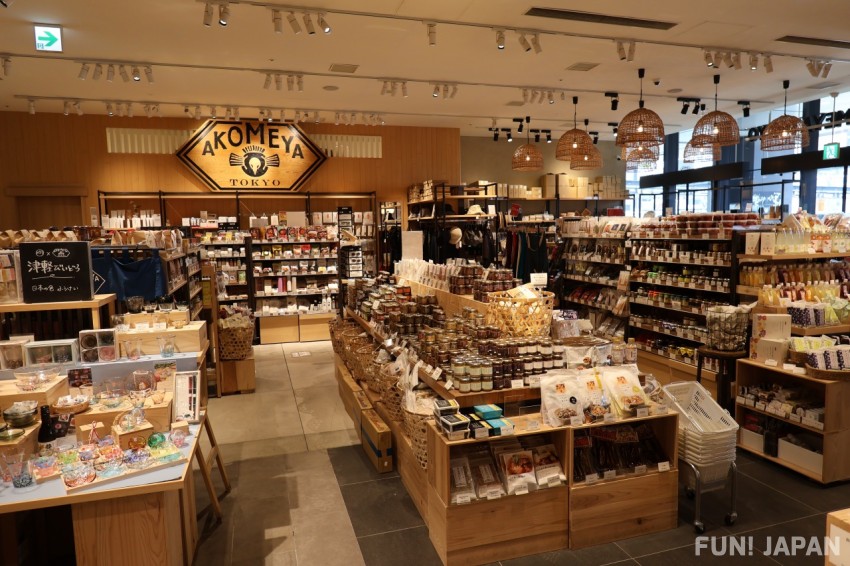
For those who want to make their daily rice even more delicious, we visited AKOMEYA TOKYO, a popular shop for international tourists. The store is a lifestyle shop focused on the concept of "delicious circles spreading from a single bowl of freshly cooked rice." We asked them for some of their recommended rice accompaniments!
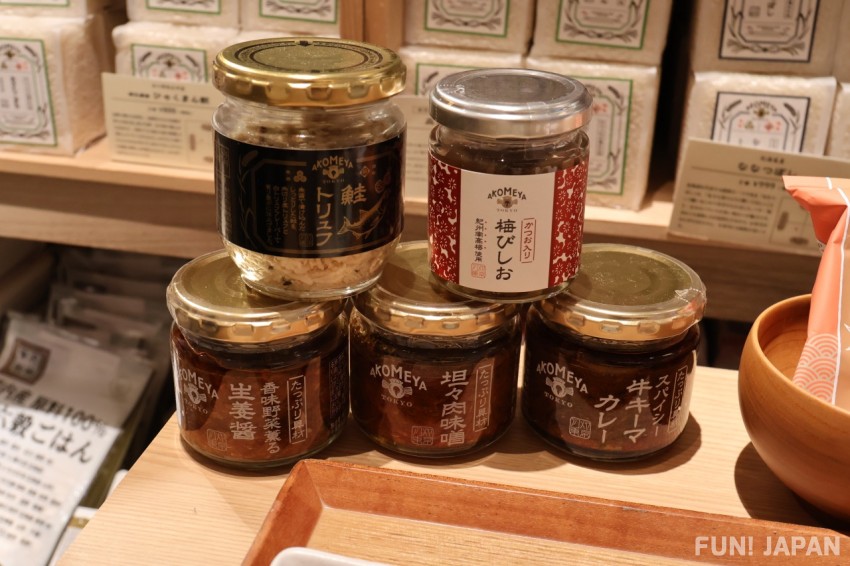
AKOMEYA TOKYO / Umebishio with Bonito Flakes 540 yen (tax included)
AKOMEYA TOKYO / Umebishio with Bonito Flakes is a paste of pickled plum with sugar and mirin. To make it a better match for rice, they've added shiso leaves and bonito flakes, making it a great filling for onigiri. Simply mix it with vegetables like okra, myoga ginger, and daikon radish sprouts for a perfect side dish! It's also recommended for those who aren't usually fans of pickled plums.
AKOMEYA TOKYO / Abundant Ingredients Aromatic Vegetable Ginger Sauce 756 yen (tax included)
This is a popular product from their "Abundant Ingredients" series, which focuses on using domestic ingredients and creating a fulfilling texture. The aroma of ginger, garlic, and sesame oil, along with the spiciness of chili powder, makes it an excellent match for onigiri. You can also use it to top fried chicken or add it to gyoza sauce.
AKOMEYA TOKYO / Abundant Ingredients Dandan Meat Miso 756 yen (tax included)
Made with domestic pork, zha cai (pickled mustard greens), bamboo shoots, and peanuts, all cut in different ways to create a variety of textures. It's savory without being overly spicy. It's delicious on top of rice or even cold tofu.
AKOMEYA TOKYO / Salmon with Truffle 900 yen (tax included)
This rice topping has an elegant truffle aroma, offering a slightly luxurious feel. It's also great on salads or as an ingredient in omelets and is a popular gift.
AKOMEYA TOKYO / Abundant Ingredients Spicy Beef Keema Curry 756 yen (tax included)
The concentrated flavor of the ingredients and the aroma of spices go perfectly with rice. Not only is it delicious on top of freshly cooked rice, but it's also a great addition to fried rice. Even can be packed in a bento box!
AKOMEYA TOKYO Tokyu Plaza Shibuya
- Address: Tokyu Plaza Shibuya 2F, 1-2-3 Dogenzaka, Shibuya Ward, Tokyo
- Opening Hours:【AKOMEYA TOKYO】: 11:00 AM–9:00 PM
【AKOMEYA Shokudo】: 11:00 AM–9:00 PM (Last order at 8:30 PM) *Closed 3:00 PM–5:00 PM on weekdays - URL: https://www.akomeya.jp/store_info/store/sshibuya/
Furusato Nozei for Rice
Rice is a popular choice for furusato nozei (hometown tax) gifts. You can try local brand-name rice and new harvests, and many options allow you to compare rice from multiple regions. Why not use furusato nozei to find your favorite rice?
🛒Yahoo! Shopping👉Check out rice for furusato nozei
Bibliography:
- "Nihon no Kamisama to Jinja" Editorial Office, "Minna ga Shiritai! Nihon no Kamisama to Jinja: Shinwa no Sekai to Mijika na Seichi no Himitsu ga Wakaru," 1st ed., 1st printing, August 30, 2024, 128 pages.
- "Zenbu Wakaru Jinja Guide," Seibido Shuppan, 2020, 160 pages.
- "Okome no Rekishi o Shirabeyo!," 1st printing, April 2002, Poplar Publishing Co., Ltd., 48 pages.
- "Okome no Daikenkyu," 1st ed., 1st printing, December 8, 2015, PHP Institute, Inc., 64 pages.
Reference:
- Kameda Seika HP: https://www.kamedaseika.co.jp/ (Accessed August 2025)
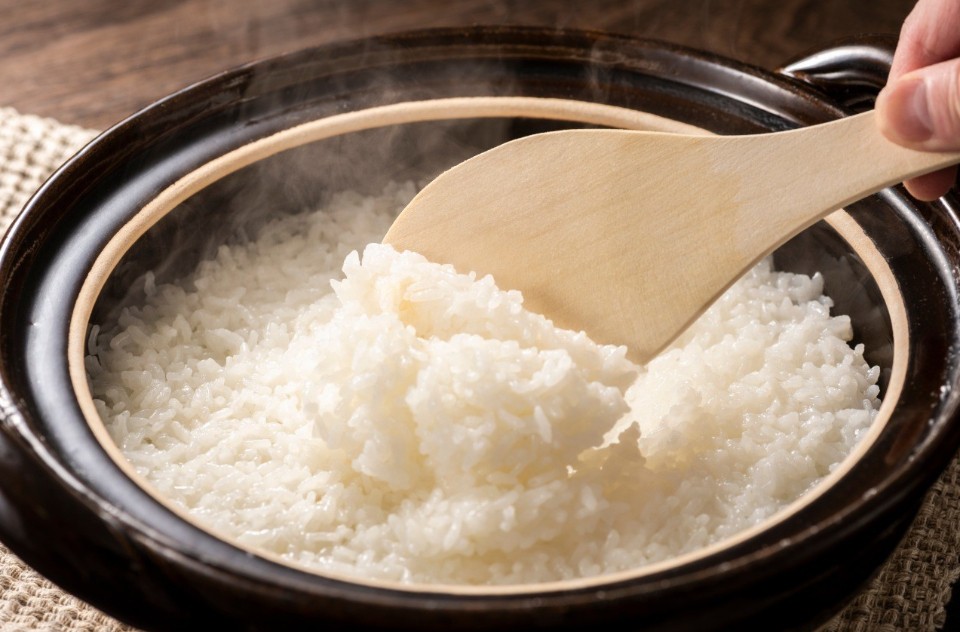

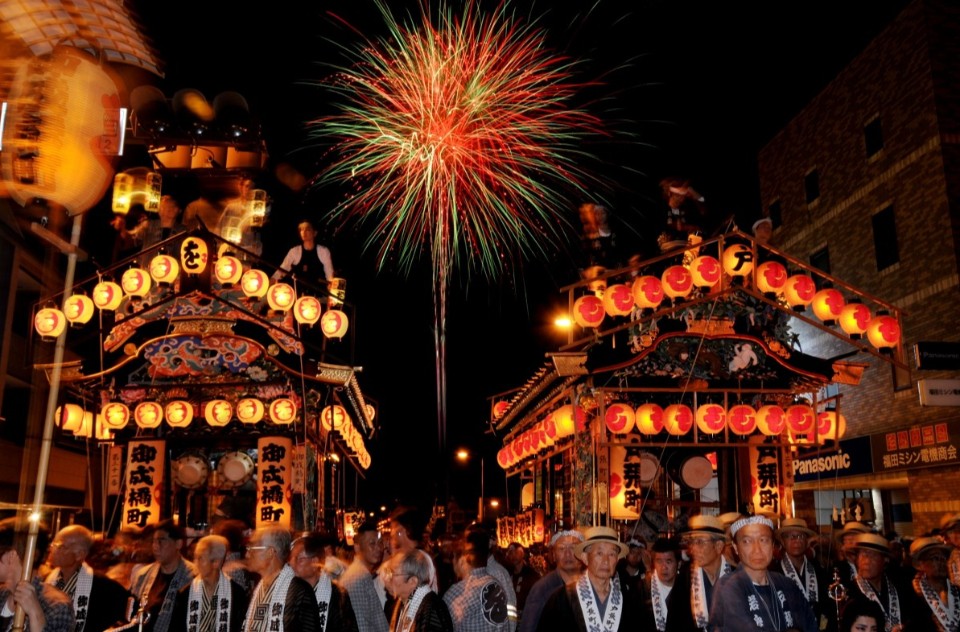
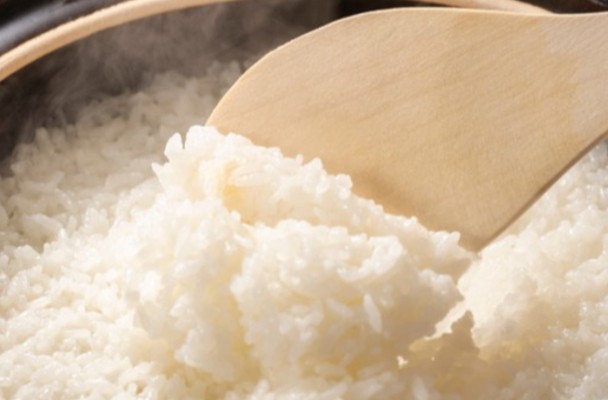
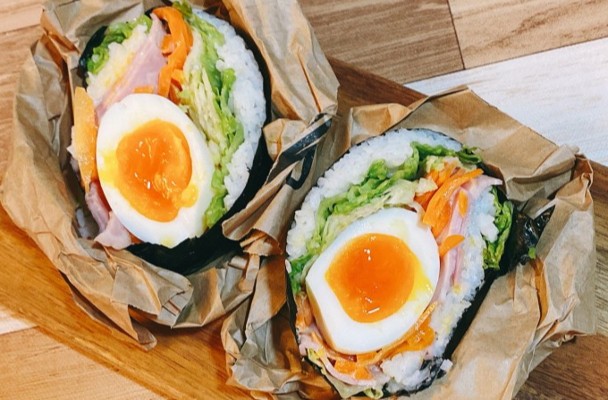
Comments